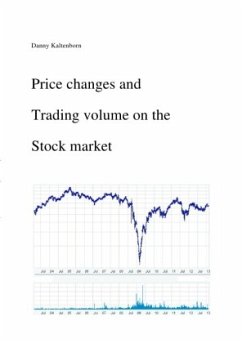
Is Stock Price Synchronicity a Measure of Noise or Informativeness
Evidence from Audit Pricing Model
Versandkostenfrei!
Versandfertig in 6-10 Tagen
27,99 €
inkl. MwSt.

PAYBACK Punkte
14 °P sammeln!
Financial analysts and government regulatory agencies attach great importance to stock markets, which function as a resource-allocation mechanism by incorporating market-wide, industrial-wide and firm-level information into stock prices. The recent melt-down of global financial markets shows that stock markets are highly susceptible to market-wide news. Stock prices go up (down) when good (bad) news hits the market. As a consequence, individual stocks move synchronously or un-synchronously with the stock market as a whole. Stock price synchronicity (SYN) has been a very important topic for a n...
Financial analysts and government regulatory agencies attach great importance to stock markets, which function as a resource-allocation mechanism by incorporating market-wide, industrial-wide and firm-level information into stock prices. The recent melt-down of global financial markets shows that stock markets are highly susceptible to market-wide news. Stock prices go up (down) when good (bad) news hits the market. As a consequence, individual stocks move synchronously or un-synchronously with the stock market as a whole. Stock price synchronicity (SYN) has been a very important topic for a number of prior studies (e.g. Roll, 1988; Morck et al., 2000). It is unclear whether SYN is caused by the noise of stock prices due to market sentiments or more market-wide information incorporated into stock prices.












